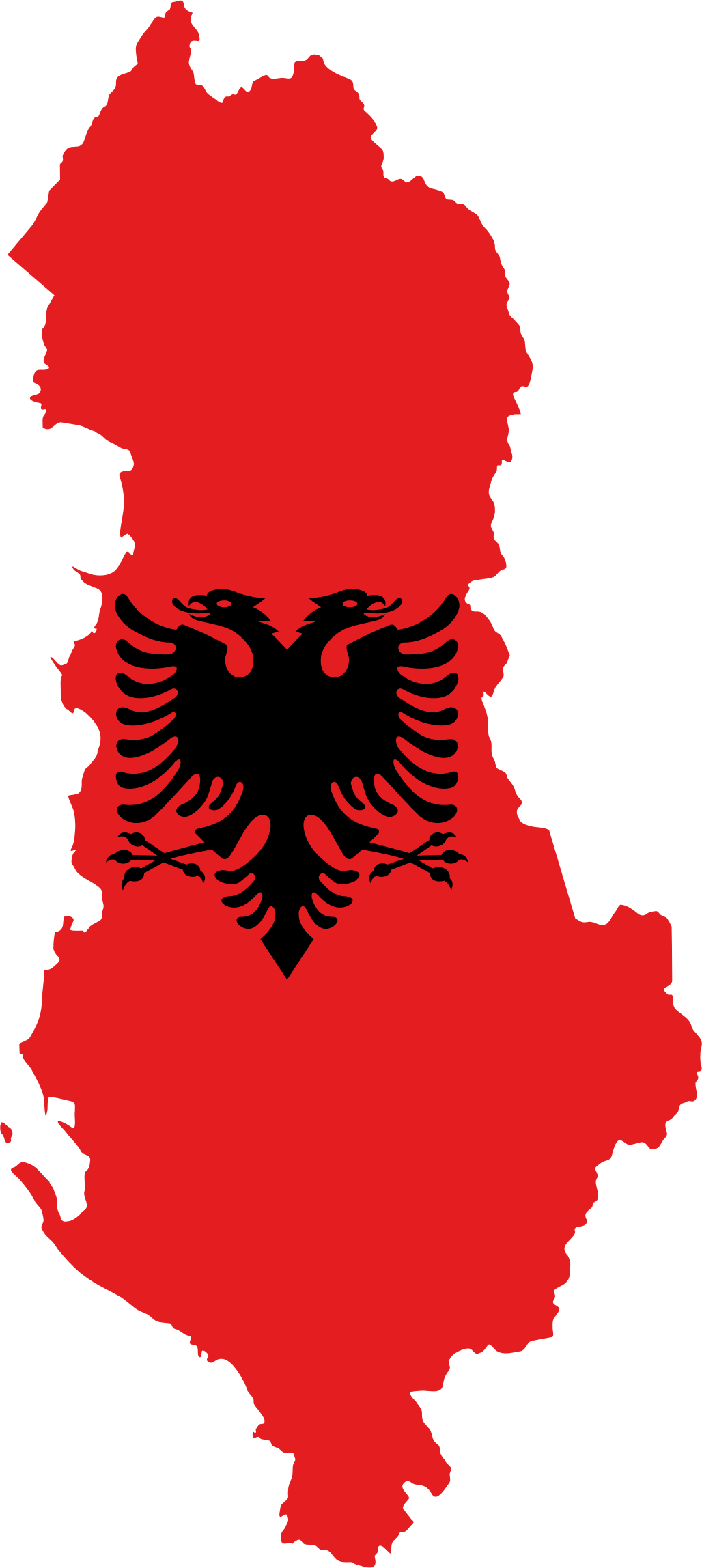Immigrants in Albania
Albania has a long history of immigration, emigration, and internal migration. During the communist era, Albania was a relatively closed country, and immigration was strictly controlled. However, since the fall of communism in the early 1990s, Albania has become an increasingly important destination for migrants, mainly from neighboring countries such as Kosovo, North Macedonia, Montenegro, and Greece.
According to the World Bank, as of 2021, Albania had a population of approximately 2.8 million people, and the country is home to around 200,000 immigrants. The largest group of immigrants in Albania are from Kosovo, with estimates ranging from 50,000 to 100,000 people. Other significant immigrant communities include people from North Macedonia, Greece, and Montenegro.
The reasons for immigration to Albania vary. Some immigrants come for economic reasons, seeking better job opportunities or higher wages. Others come to Albania for family reunification, while still others come as refugees or asylum seekers, fleeing conflict or persecution in their home countries.
Overall, Albania has a relatively welcoming approach to immigrants, and the government has implemented policies to facilitate their integration into Albanian society. For example, the government has developed programs to support immigrant entrepreneurs and provide language courses to help immigrants learn Albanian. However, there are also challenges to immigration in Albania, including high levels of unemployment, inadequate social services, and discrimination against immigrants in some areas.

